Search Images
Browse Content (p. 1336)
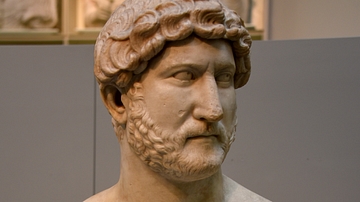
Image
Marble Bust of Emperor Hadrian
Hadrian, like most Roman emperors, used statues to diffuse his image across the Roman World. Statues often showed the emperor as a general or priest. This bust shows Hadrian naked. This nakedness, originally a Greek style, showed that the...
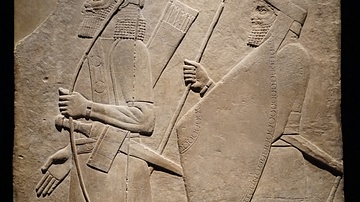
Image
Assyrian Relief
This relief was found in Kuoyunjik (Nineveh), Iraq (700-695 BCE) decorating a royal building of King Sennacherib. The archer is probably an Aramaean while the spearman could be from Levant. This image was taken at the National Museum of...
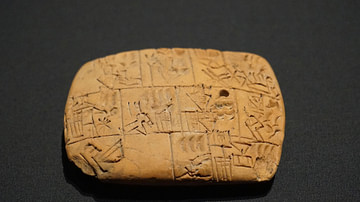
Image
Early Writing Tablet
This table is made of clay and was found in Southern Iraq (3100-3000 BCE). Early writing was used as a way to keep track of the administration and it was only in later years its uses evolved. Early writing in Mesopotamia was made by pressing...
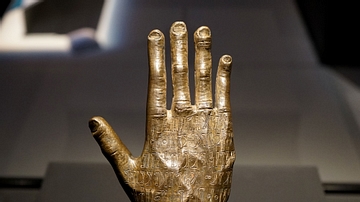
Image
Arabian Bronze Hand
This bronze hand was found in Yemen (100-300 CE). The inscription on the hand asks for good fortune for the devotee Ta'lab. This image was taken at the National Museum of Australia in the travelling exhibition A History of the World in...
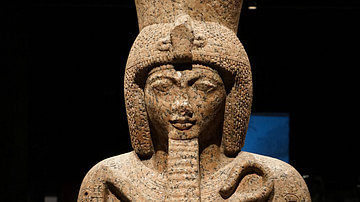
Image
Statue of Ramesses II
This granite statue of Ramesses II was discovered at the Temple of Khnum, Elephantine, Egypt (1280 BCE). Ramesses II was a very successful ruler between around 1279-1213 BCE. Here he holds a crook and flail and wears a double crown, symbolising...
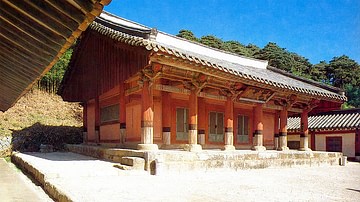
Image
Daeseongjeon Shrine, Confucian School, Ganneung
The Daeseongjeon Shrine at the Confucian School in Gangneung, Korea. Originally constructed during the Joseon Dynasty, 14th century CE.
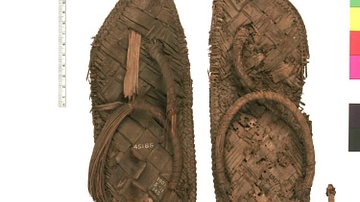
Image
Papyrus Sandals
Pair of sandals from Egypt, made of plaited reed and palm leaves or papyrus, with pointed toe, complete with ankle strap and toe strap now detached from each other.
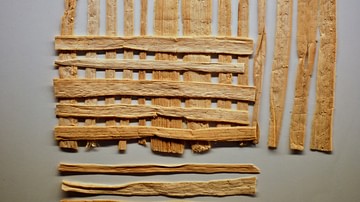
Image
Papyrus
The papyrus of Egypt is most closely associated with writing - in fact, the English word 'paper' comes from the word 'papyrus' - but the Egyptians found many uses for the plant other than a writing surface for documents and texts. Papyrus...
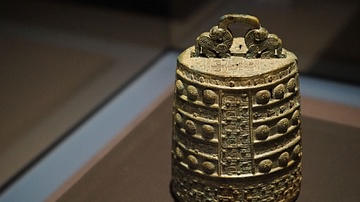
Image
Chinese Bronze Bell
This bronze bell was found in China (600-400 BCE). Originally this bell would have belonged to a set of different sized bells, that would create different tones when struck. This image was taken at the National Museum of Australia in...

Image
Seated Buddha from Gandhara
This Seated Buddha was found in Gandhara, Pakistan (100-300 CE).
This image was taken at the National Museum of Australia in the travelling exhibition A History of the World in 100 (and 1) Objects.